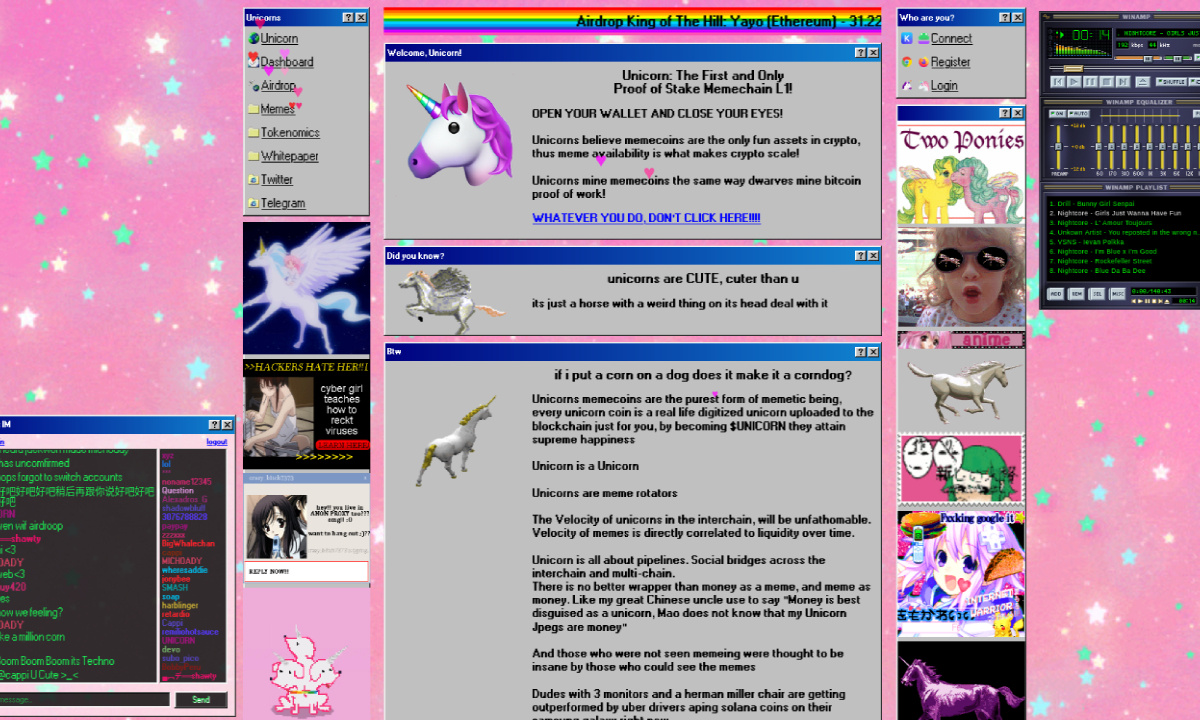Table of Contents
2020 has been a strange year for so many reasons. But in the cryptocurrency space, it will forever be remembered as the year the DeFi craze blew up. In an already-jargon-heavy industry, terms such as yield farming and liquidity mining have become part of the everyday lexicon. Amid all the furor surrounding apps like Compound, Yam Finance, SushiSwap, and more, there is one subset of crypto emerging as a quiet winner. Stablecoins are facing unprecedented growth - and it’s all down to DeFi. According to CoinGecko, the market capitalization of all stablecoins is currently just shy of $20 billion.
Furthermore, although Tether tends to hog the headlines, DeFi is rapidly becoming a more diversified space. “Contender stablecoins” have vastly increased their market cap relative to Tether’s total market cap over the last three months. According to data from Skew.com, contenders have grown from 15.8% of the USDT market cap to nearly 30%.

Source: Skew.com
The more reputable stablecoin issuers can provide evidence that their coins are fully backed by reserves, so issuing more coins is a definitive reflection of increased demand.
TrueUSD (TUSD), issued by TrustToken, is a clear example. Since July, TUSD has increased its market cap from around $130million to over $500 million. In fact, it’s performing remarkably well even compared to the other contender stablecoins. PAX has barely moved over the last three months, while Binance’s BUSD appears to have jumped only recently, which can be attributed to the launch of the Binance Smart Chain and its several native DeFi dApps.

This implies legitimate adoption, which is borne out by what we can see happening in the DeFi dApps. TrueUSD accounts for a more significant share of the market size on Aave, for example, than its proportionate market cap compared to competitors USDT and USDC.
Arms Race: Stablecoins Lead the Way for DeFi Lending and Borrowing
TrustToken was one of the earlier entrants to the stable coin space, predating many current contenders, including USDC and BUSD. From the off, TrustToken was out to establish itself as a reputable, regulated company. In March 2019, the company became the first to establish a partnership with accounting firm Armanino which allowed traders to conduct instant audits of the funds held in reserve.
Unlike rival Tether, which faces an ongoing lawsuit brought by the New York Attorney General’s office concerning a lack of transparency over loans made from its reserves, TrustToken users can verify that each TUSD is backed 1:1 by US dollars.
TrustToken’s efforts are evidently paying off. Along with increasing popularity on Aave, TUSD is also integrated as an asset for minting Maker’s DAI stablecoin, and TrustToken is in the process of applying for listing on Compound.
If it gets listed, it will be an important step forward for Compound users. Whereas the platform currently lists nine assets, nearly three-quarters of the total supply and over 90% of the total demand comes from two markets, DAI and USDC.

Source: Compound.finance
These numbers illustrate that there’s currently a huge demand for both lending and borrowing stablecoins. However, this is unsurprising when you consider that users would find it far easier to calculate gains and losses based on a stable asset than on a volatile cryptocurrency such as ETH or WBTC.
TrustToken is now also demonstrating its willingness to invest in the DeFi space with the announcement that it’s launching the TrueCurrency Liquidity Fund. Approved projects can receive up to $1 million of liquidity in any of TrustToken’s stablecoins, making it easy for new entrants to the DeFi market to bootstrap liquidity.
In the end, it’s the market demand for stability that has led to the phenomenal growth in the overall market for stablecoins over recent years. No matter what the growth of Bitcoin or what Ethereum 2.0 may do to the price of ETH, traders, and investors will continue to need a stable medium of exchange for on and off ramping and for calculating their overall risk exposure. Therefore, stablecoins undoubtedly have a bright future in the DeFi and broader cryptocurrency sector.
© 2020 CryptoDaily All Rights Reserved. This article is provided for informational purposes only. It is not offered or intended to be used as legal, tax, investment, financial, or other advice.
Investment Disclaimer







